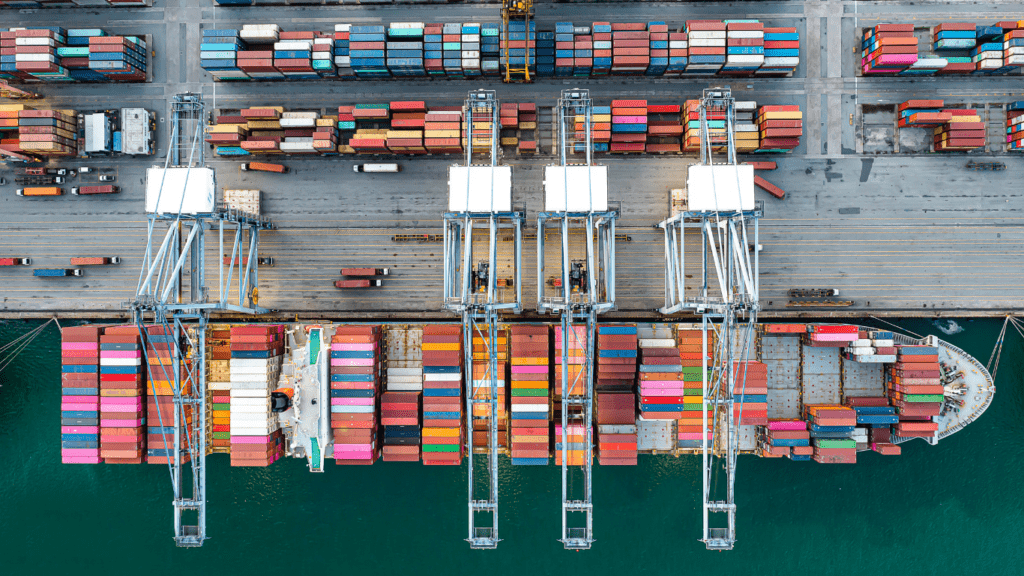In today’s interconnected world, the impact of international trade policies on various industries cannot be overstated. When it comes to the media sector, the influence of trade agreements and regulations on exports is a crucial aspect that shapes the global flow of information and entertainment. As someone deeply immersed in the realm of media exports, I’ve witnessed firsthand how trade policies can either facilitate or hinder the dissemination of cultural products across borders.
Navigating the complex landscape of international trade agreements requires a nuanced understanding of how policies affect the media industry’s ability to reach audiences worldwide. From tariffs to intellectual property rights, every aspect of trade policy plays a role in determining the reach and profitability of media exports. In this article, I’ll delve into the intricate relationship between international trade policies and the dynamics of media exports, shedding light on the opportunities and challenges faced by content creators in an increasingly interconnected marketplace.
Understanding International Trade Policies
When delving into the realm of international trade policies, it’s crucial to grasp the intricate web of regulations that govern the exchange of goods and services across borders. Trade agreements lay down the foundation for these interactions, establishing the terms and conditions under which countries engage in commerce. Tariffs, on the other hand, represent a pivotal aspect of trade policies, influencing the costs of imported and exported goods.
The Basics of Trade Agreements and Tariffs
In the realm of international commerce, trade agreements serve as the cornerstone for fostering economic relationships among nations. These agreements outline the rules governing import and export activities, promoting smooth trade flows and minimizing barriers to market access. By facilitating trade across borders, such agreements create opportunities for businesses to expand their reach and tap into new consumer markets.
Regarding tariffs, they play a significant role in shaping the competitiveness of goods in the global market. Tariffs are taxes imposed on imported or exported products, altering their prices and influencing consumer choices. Depending on the tariff rates set by countries, businesses may face either advantages or challenges in selling their goods internationally. Understanding the complexities of tariffs is essential for navigating the intricate landscape of international trade policies.
Historical Timeline of Key Policies
Tracing back the historical evolution of key trade policies provides valuable insights into the transformations that have molded the current landscape of international trade. From landmark agreements that revolutionized trade relations to strategic tariff adjustments that reshaped market dynamics, each policy shift has left a lasting imprint on the global economic framework. By examining the historical timeline of these key policies, one can gain a deeper understanding of how trade regulations have evolved over time and their enduring impacts on media exports.
- The Global Media Export Landscape
As I delve into the impact of international trade policies on media exports, it’s crucial to understand the dynamics of the global media export landscape. This landscape is shaped by various factors, including major media exporters and the influence of trade agreements on expanding the reach of media products worldwide. - Major Media Exporters and Their Markets
Exploring major media exporters such as the United States, the United Kingdom, and China provides valuable insights into the diversity of media products exported globally. For instance, the US dominates the export market with its extensive range of films, TV shows, and music. Similarly, the UK’s creative industries export a wide array of content, including television formats and digital media. China’s growing presence in the media export market stems from its production of films, animation, and gaming content.
How Trade Agreements Shape Media Reach
Trade agreements play a pivotal role in shaping the reach of media products across borders. Agreements like NAFTA, USMCA, and the EU-Japan Economic Partnership Agreement facilitate the flow of media exports by reducing trade barriers and tariffs. These agreements create a favorable environment for media companies to expand their reach and access new markets, thus fostering cultural exchange and economic growth within the media sector.
Impact of International Trade Policies on Media Exports
In examining the impact of international trade policies on media exports, case studies showcasing both successes and failures provide valuable insights into the effectiveness of various trade agreements and regulations.
Case Studies: Successes and Failures
Analyzing specific instances where international trade policies have either facilitated or hindered media exports is crucial in understanding the tangible outcomes of these regulations. For example, the successful implementation of the USMCA agreement led to a significant increase in cross-border media exports between the United States, Mexico, and Canada, fostering greater cultural exchange and economic growth within the region. On the other hand, the failure to address digital copyright issues in certain trade agreements has hampered the export potential of media industries reliant on intellectual property protection, resulting in limited market access and revenue generation opportunities.
Policies’ Influence on Cultural Exchange
The influence of international trade policies on cultural exchange within the media sector is profound, shaping the flow of diverse cultural products across borders and fostering mutual understanding among nations. Trade agreements such as the EU-Japan Economic Partnership Agreement have played a pivotal role in promoting cultural exchange by facilitating the distribution of media content between European and Japanese markets, enriching cultural diversity and enhancing collaboration in the global entertainment industry. Conversely, trade barriers imposed on certain media exports can impede cultural exchange by restricting the accessibility of foreign content to audiences, limiting the cross-cultural communication and creative interaction essential for a thriving global media landscape.
Challenges and Opportunities for Media Companies
As I navigate the complexities of international trade policies impacting media exports, I encounter various challenges and opportunities that shape the landscape for media companies worldwide. From regulatory hurdles to strategic alliances, the environment presents both obstacles and avenues for growth.
Navigating Regulatory Hurdles
In my experience, media companies face intricate regulatory frameworks when expanding into international markets. Compliance with diverse licensing requirements, censorship laws, and content restrictions demands meticulous attention to detail. Understanding the legal landscape of each target market is crucial to ensure seamless operations and mitigate risks. Moreover, fluctuating trade policies and geopolitical tensions can introduce uncertainties, emphasizing the need for adaptable strategies to navigate regulatory challenges effectively.
Strategic Alliances and Market Expansion
Exploring strategic alliances is a key strategy for media companies seeking to expand their global footprint. Collaborating with local partners, content distributors, or production studios can facilitate market entry and enhance cultural relevance. By aligning with established players in foreign markets, media companies can leverage local expertise, networks, and audience insights to tailor their content offerings effectively. Strategic alliances not only drive market expansion but also foster cross-cultural exchange, enabling companies to diversify their content portfolios and strengthen their competitive position in the global media landscape.


